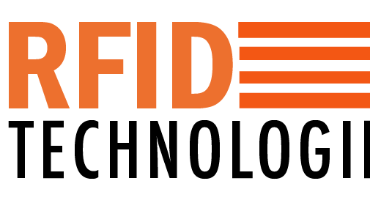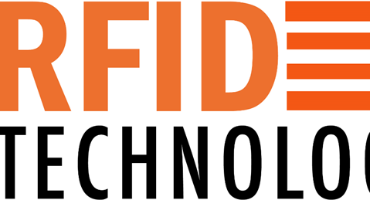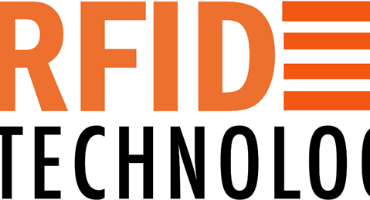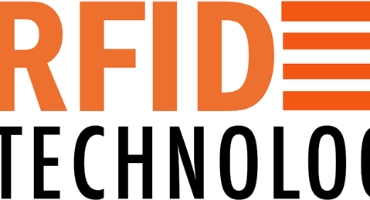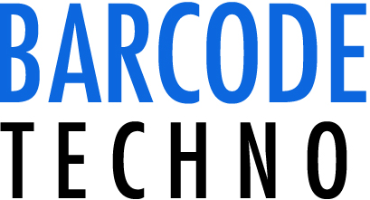Here are some examples of how RFID readers, label RFID tags, and automated robots can be used in the retail industry:
Inventory Management: RFID tags can be placed on individual products or packaging, which can be read by RFID readers. Automated robots can then scan the shelves and detect which products are running low or out of stock. This information can be sent to store employees or a centralized system for reordering purposes.
Asset Management: Retailers can use RFID tags to track assets such as shopping carts, scanners, and other equipment. This helps to prevent loss or theft of valuable assets and can improve efficiency in the supply chain.
Supply Chain Management: RFID tags can be used to track shipments and inventory as they move through the supply chain. This allows retailers to identify where products are in real-time and improve overall supply chain visibility.
Customer Experience: RFID technology can also be used to enhance the customer experience by providing personalized recommendations and promotions based on the customer's purchase history.
UHF RFID technology can significantly improve inventory management, asset tracking, and supply chain management in the retail sector. By implementing RFID readers, label RFID tags, and automated robots, retailers can reduce costs, increase efficiency, and enhance the customer experience.

